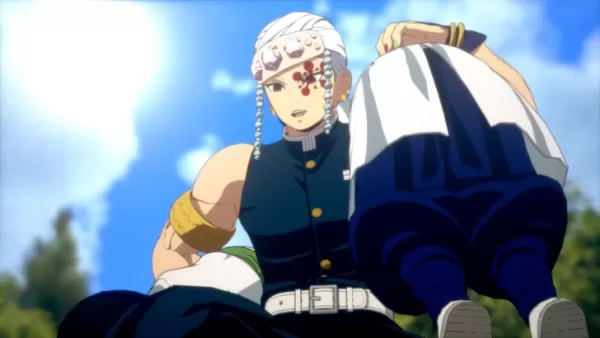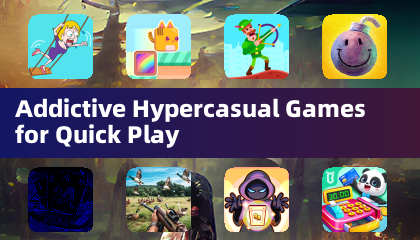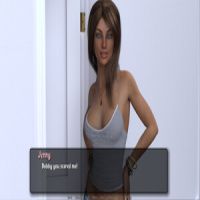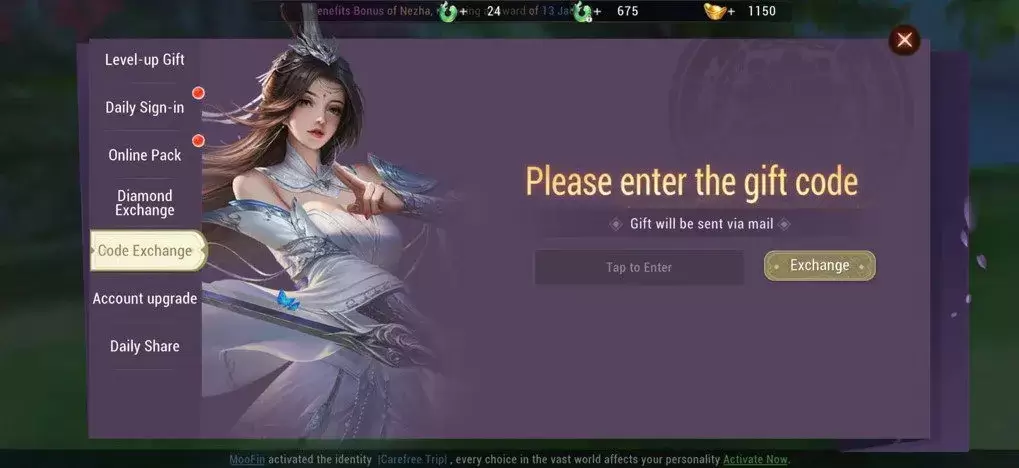The Legend of Zelda: Echoes of Wisdom marks a historic milestone as the first entry in the iconic series to be directed by a woman, Tomomi Sano. This game not only breaks new ground with its leadership but also introduces Princess Zelda as the playable protagonist for the first time. Dive into the fascinating journey of Echoes of Wisdom and its pioneering director through Nintendo's recent Ask the Developer interviews.
Meet Tomomi Sano, the Zelda Series’ First Female Director
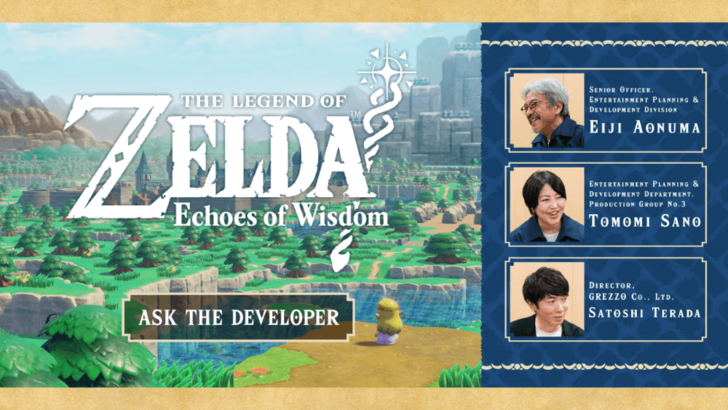
The Legend of Zelda series is renowned for its intricate storytelling and challenging puzzles, set within expansive, labyrinthine dungeons. With Echoes of Wisdom, the series takes a significant step forward, not only by featuring Princess Zelda as the main character but also by being directed by Tomomi Sano, the first woman to take on this role in the franchise's history.
In an interview with Nintendo, Sano shared her journey from a supporting role to becoming the director of Echoes of Wisdom. "Prior to this project, my main role was to support the director," she explained. Her previous work includes contributing to Grezzo’s remakes such as Ocarina of Time 3D, Majora’s Mask 3D, Link’s Awakening, and Twilight Princess HD, as well as projects in the Mario & Luigi series.
Sano's responsibilities on Echoes of Wisdom included managing and coordinating production, suggesting adjustments, and ensuring that the gameplay aligned with the Legend of Zelda series' standards. Series producer Eiji Aonuma praised her involvement, stating, "I almost always ask her to be engaged in the Legend of Zelda remakes that Grezzo works on."
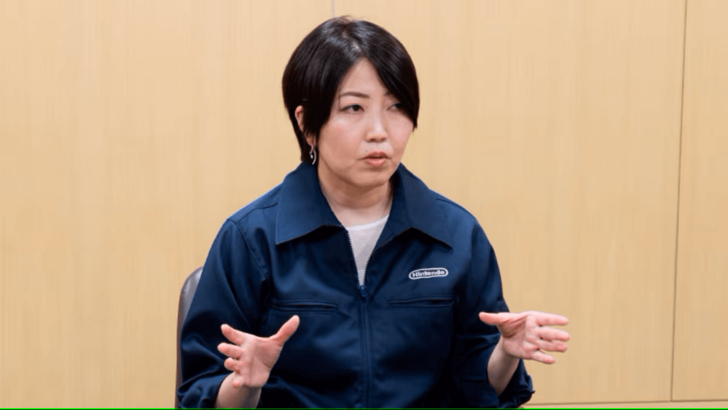 Image from Nintendo's Ask the Developer Vol. 13
Image from Nintendo's Ask the Developer Vol. 13
With a career spanning over two decades, Sano's first credit was as a Stage Texture editor for Tekken 3 on the PlayStation 1 in 1998. Her early work with Nintendo includes the Japan-only Kururin Squash! and Mario Party 6, both released in 2004. Since then, she has contributed to numerous titles in the Legend of Zelda and Mario & Luigi series, as well as several Mario sports games like Mario Tennis Open, Mario Tennis: Ultra Smash, and Mario Golf: World Tour.
Echoes of Wisdom Started as a Zelda Dungeon Maker, Revealed Aonuma
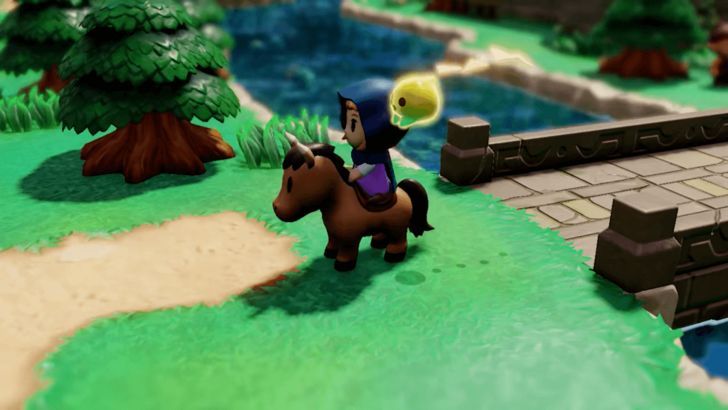
The development of Echoes of Wisdom began following the success of the 2019 remake, The Legend of Zelda: Link’s Awakening. Aonuma tasked Grezzo, the co-developers of Link’s Awakening, with exploring new directions for the franchise. Initially, the team proposed a Zelda dungeon maker, a concept that evolved significantly over time.
Aonuma asked Grezzo, "If you were to make the next new game, what kind of game would you like it to be?" This led to various proposals, with the winning concept initially focusing on a "copy-and-paste" gameplay mechanic and a mix of top-down and side-view perspectives similar to Link’s Awakening.
Satoshi Terada from Grezzo elaborated on the early stages, saying, "In one approach, Link could copy and paste various objects, such as doors and candlesticks, to create original dungeons. During this exploration phase, this was called an ‘edit dungeon’ because players could create their own Legend of Zelda gameplay."
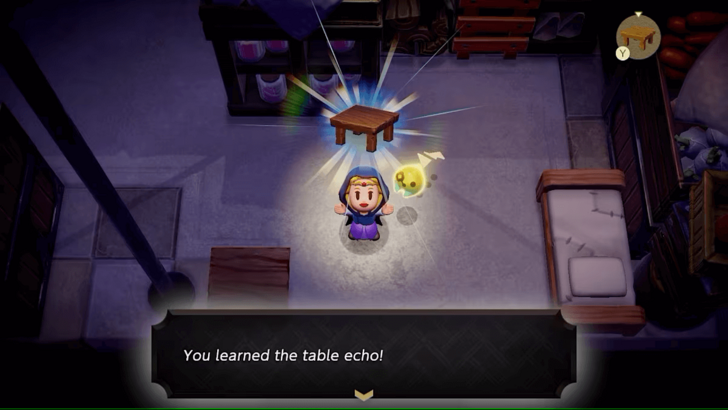
After over a year of development focused on the dungeon creation mechanic, Aonuma intervened, using the phrase "upending the tea table" to describe a significant shift in direction. He believed that the copy-and-paste feature would be more impactful if used as a tool for players to progress through the adventure rather than solely for creating dungeons.
Sano illustrated this new direction with an example: "For example, in The Legend of Zelda: Link’s Awakening, there is an enemy called a Thwomp that falls from above and crushes things below and only appears in the side–view perspective. If you copy that and paste it into the top view, you can drop it from above and crush things below, or conversely, you can ride on the Thwomp and use it to climb upward."
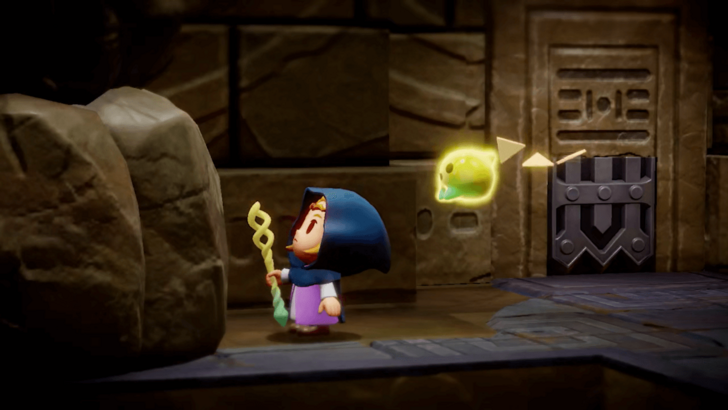
Aonuma initially struggled with imposing restrictions on the use of echoes, fearing potential exploitation. However, the team eventually decided to remove these limitations entirely, encouraging players to "be mischievous" and explore creative and unconventional gameplay. This led to features like spike rollers, which added unpredictable interactions to the game world.
Sano and her team created a document defining "being mischievous" to guide their development efforts. They outlined three key rules: "Be able to paste things however, wherever, and whenever you like," "Make it possible to complete puzzles using things that aren’t there," and "being able to find uses for echoes that are so ingenious it almost feels like cheating should be part of what makes this game fun."
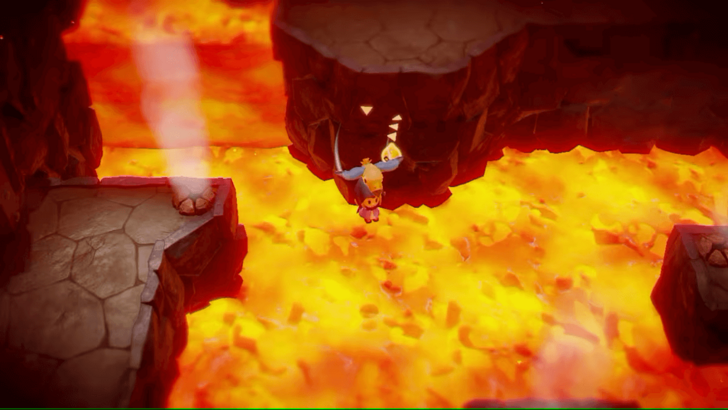
Freedom and creativity have always been central to the Legend of Zelda series. Aonuma compared the game’s approach to "being mischievous" to the Myahm Agana Shrine in Breath of the Wild, where players could bypass obstacles using motion controls. "It’s like finding a secret trick in the game, just like the old days," Aonuma remarked. "If this kind of solution isn’t allowed, then it’s not fun."
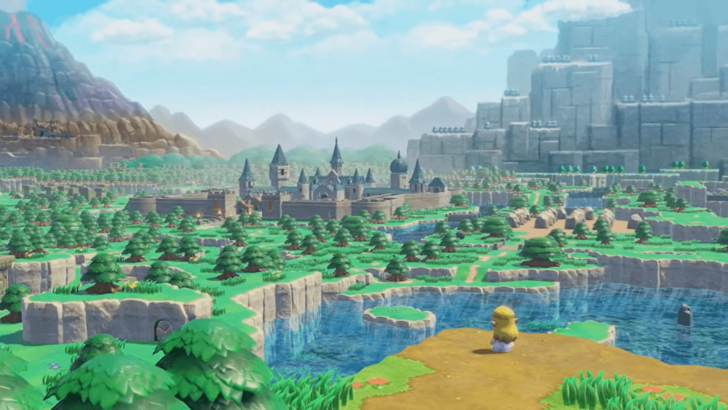
The Legend of Zelda: Echoes of Wisdom is set to launch on September 26 for the Nintendo Switch. In this alternate timeline, Zelda takes on the role of rescuer as she navigates a Hyrule torn apart by countless rifts. For more insights into the gameplay and story of Echoes of Wisdom, be sure to check out our detailed article below!

